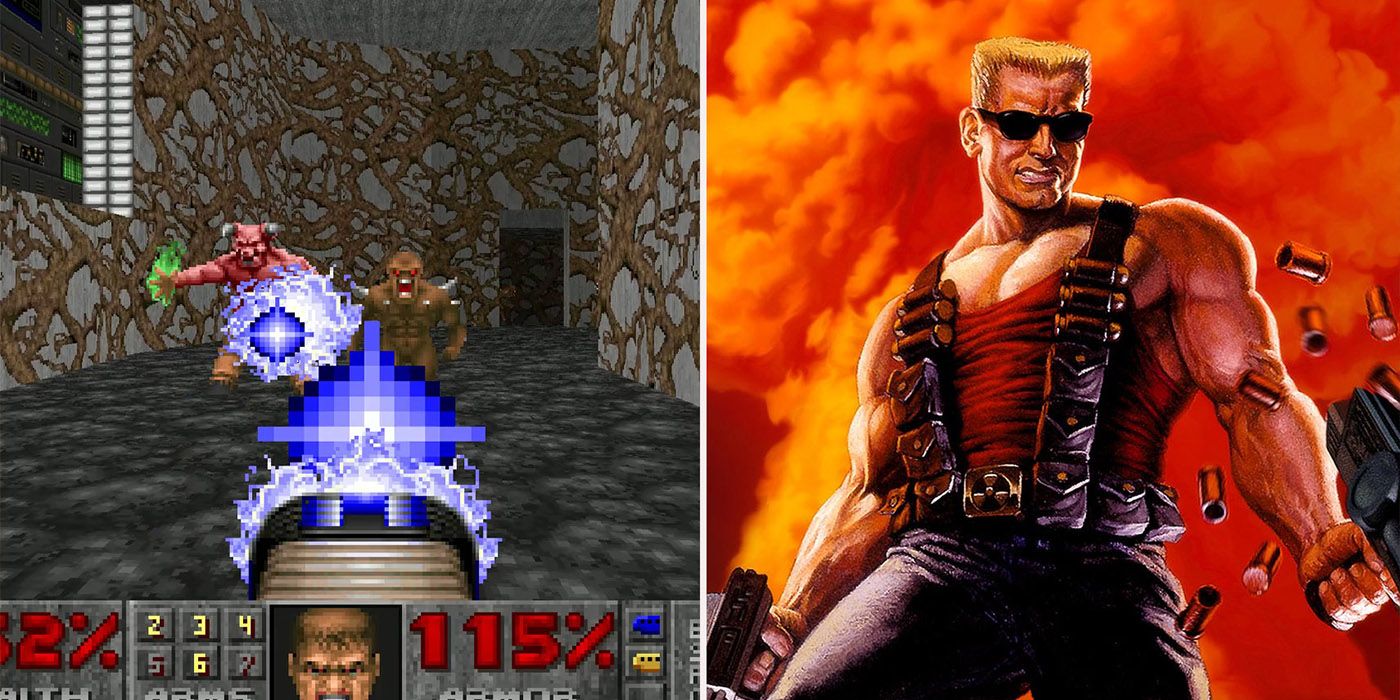
First-person shooters have been around for close to thirty years at this point. From Wolfenstein 3D in 1992 to Resident Evil 8: The Village in 2021, the genre has undergone massive evolution over the decades. Many genre-specific tropes that were once considered essential have now either totally subsided or have become far less ubiquitous.
RELATED: 10 Funniest Resident Evil Tropes And Cliches
While it is possible that some of these tropes still exist, their appearances aren't quite as numerous. Therefore, it should be an interesting exercise to go back and examine the evolution of FPS design over the years. Some players may even lament the phasing out of some tropes. On the flip side, others may celebrate it.
10 The Silent Protagonist
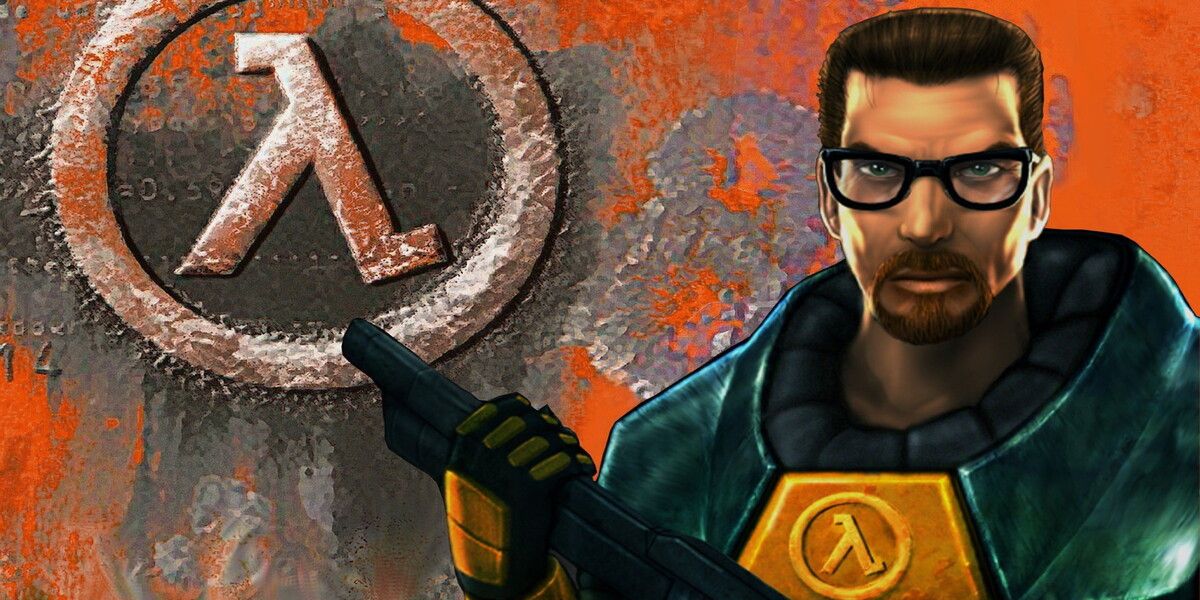
The idea behind the silent protagonist is that it becomes easier for the player to occupy the character if they don't speak. This allows for the player's own thoughts and personality to reflect onto the character. Examples of a silent protagonist include the original Doomguy, B.J Blazkowicz in Wolfenstein 3D, Gordon Freeman from the Half-Life series and so much more.
For a time, the overwhelming majority of shooters featured a silent protagonist. These days, however, it only pops up occasionally such as in Far Cry 5 or Call of Duty: Black Ops Cold War.
9 Maze Levels
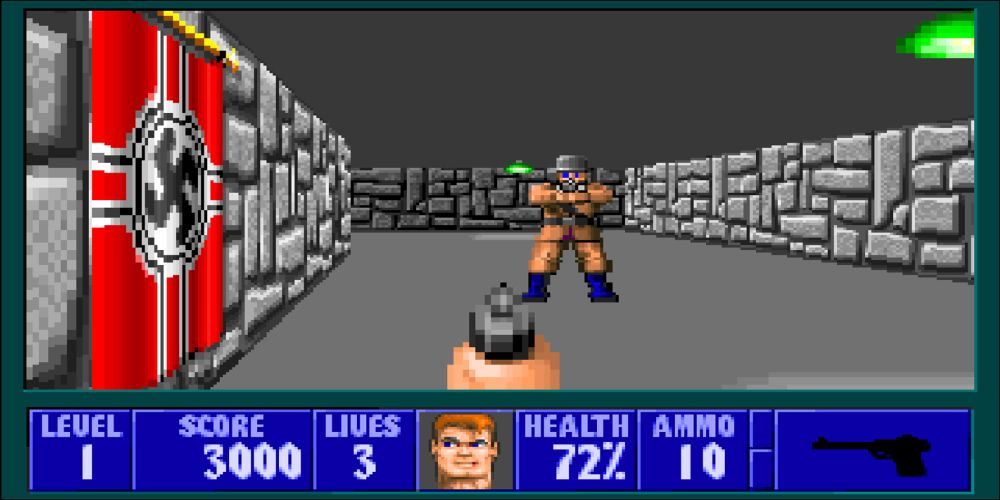
Level design in shooters has seen a dramatic evolution over time. In the early days, shooters suffered from the technology of their day. This forced them to rely on a simplistic maze-like level design where the player was tasked with figuring out how to progress on their own.
Levels were nothing more than a set of similar-looking corridors connected to each other. Occasionally a large room would make an appearance. This kind of design gradually disappeared as better technology allowed for more realism.
8 Centered Weapons
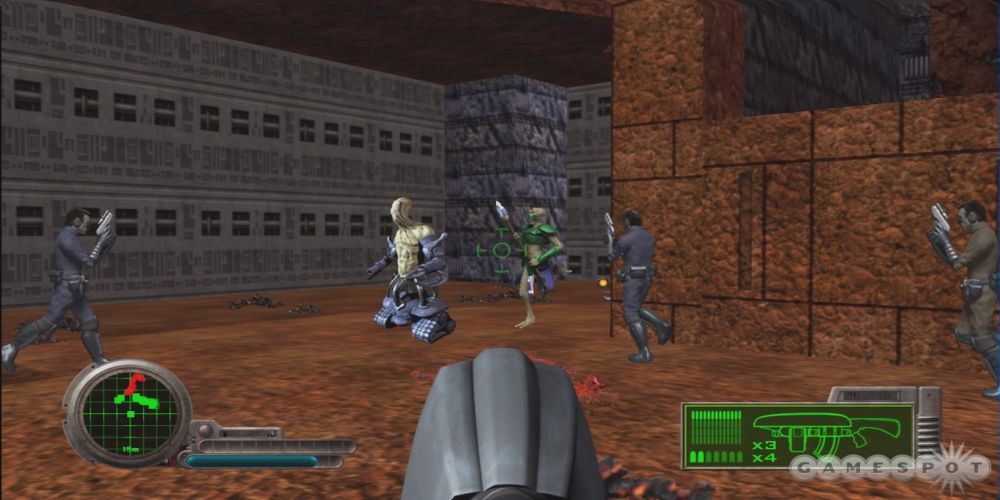
Modern shooters are very realistic when it comes to weapon animations. They have accurately recreated what it looks like to hold a gun in first-person down to the smallest detail. This was not always the case, however, and it took decades to get to this point. Initially, whatever weapon the player was holding was placed right in the middle of the screen.
RELATED: Wolfenstein: Youngblood - Everything You Need To Know About Upgrading Weapons
This can be seen in Doom, Wolfenstein 3D, Marathon, Quake, and many more shooters from the early to late '90s. It was mostly phased out for the modern weapon view by the turn of the century.
7 Weak Stories
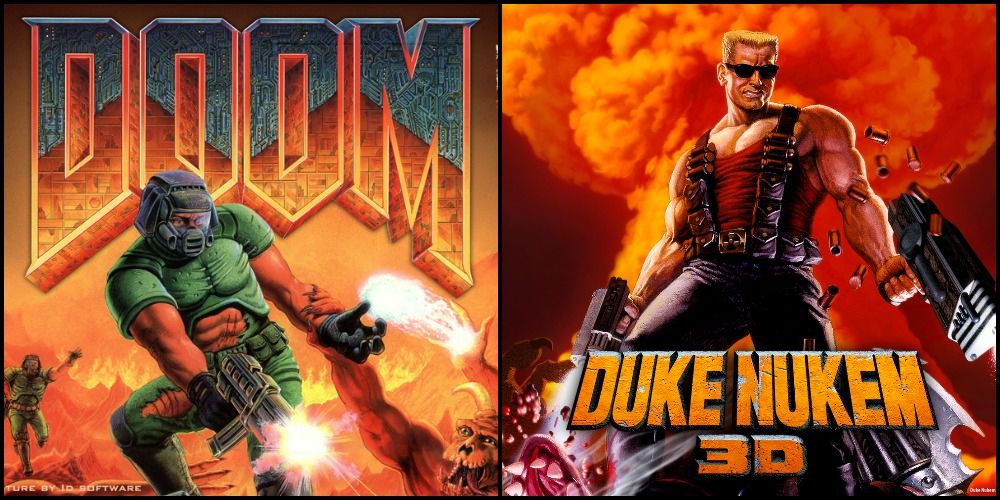
Doom and Duke Nukem 3D are classic examples of shooters that are "all action and no story." Granted, it does have a vague series of events that the player can follow if they read the intermission screens, but level to level there is no narrative connection most of the time.
Back stories also used to be largely omitted from the games and relegated to the user manual. It wasn't until games like Marathon and more significantly Half-Life that this started to become antiquated. These games featured their stories alongside gameplay, whereas earlier shooters did not.
6 Running And Gunning
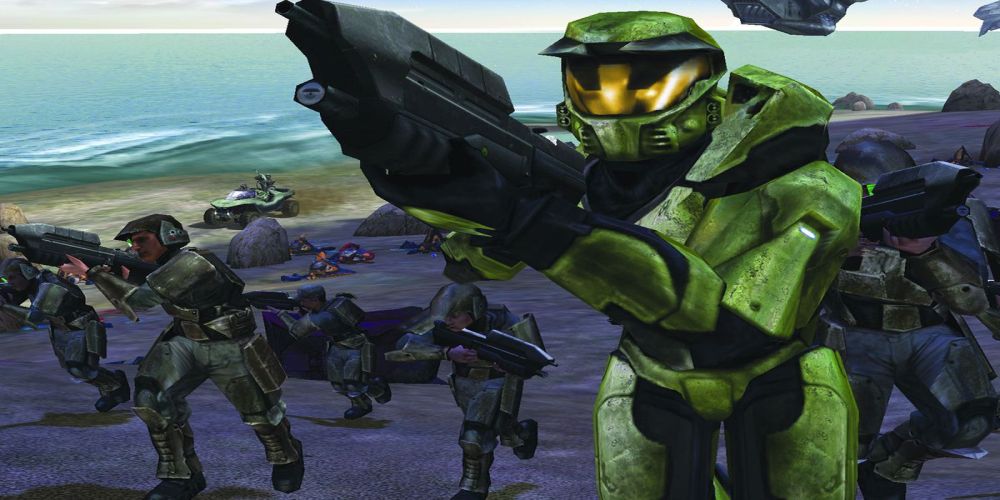
Players have become well-acquainted with sprinting mechanics in their FPS games by now. This refers to the mechanic in which the player lowers their weapon in order to run faster, being unable to shoot while doing so.
Classic shooters such as Halo: Combat Evolved noticeably lacked this feature, instead opting for a fast base speed. Some shooters had a "turbo" where players could move faster at the push of a button although this didn't prevent shooting and it worked in every direction. Modern sprinting only applies to forward movement and prevents shooting, making it a "run or gun" type of game.
5 HUD Bar
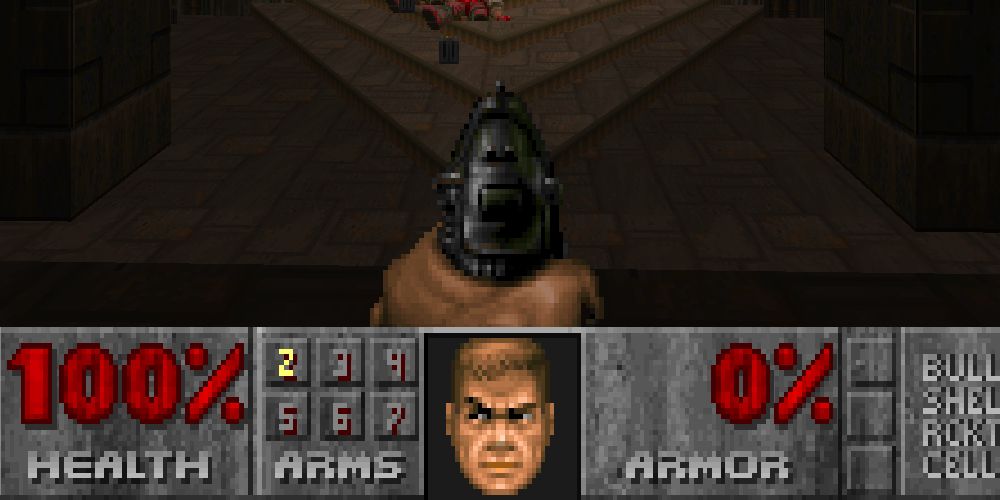
Shooters used to have a large information bar at the bottom of the screen just under the weapon position. The bar took up a substantial portion of the screen but displayed all the most important information to the player such as ammo, health, score, etc. These bars shrank over time and had mostly made their exit from first-person shooters by the release of the original Unreal in 1998.
RELATED: 15 Of the Best FPS Games From The 1990s
Modern HUDs are far more minimalist. They are designed to keep the player's screen uncluttered while still displaying vitally important information.
4 Secrets
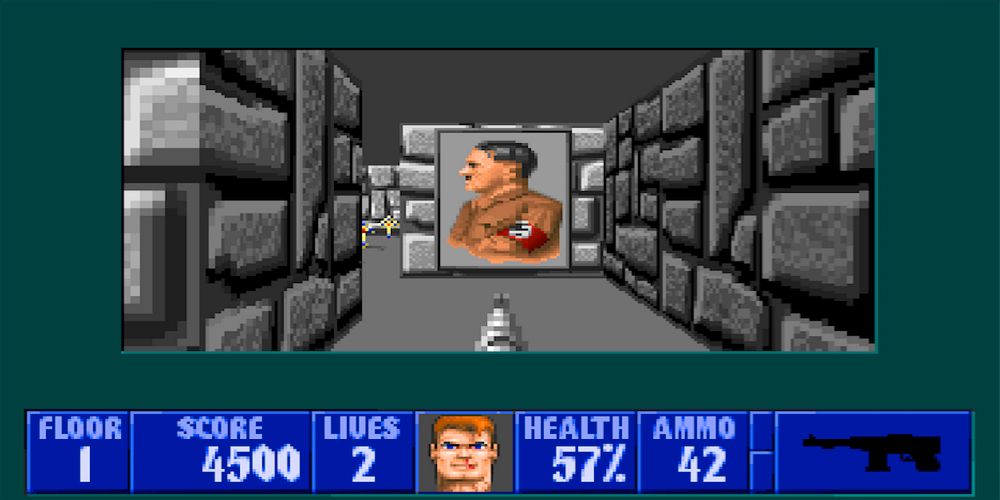
A classic FPS trope that has sadly fallen by the wayside, for the most part, is the inclusion of secrets. While the new Doom and Wolfenstein games still have them, they are hard to find in other shooters these days. The basic idea is that there is a false wall or fake texture that if the player interacts with will reveal a secret area where there will be weapons, ammo, power-ups, etc. These secrets would be tracked in the endgame screen as well.
As shooters became less arcade-like, secrets gradually began to disappear. Hidden areas or alternate paths can still be found in more recent games but they miss that classic arcade-like presentation.
3 Key Cards
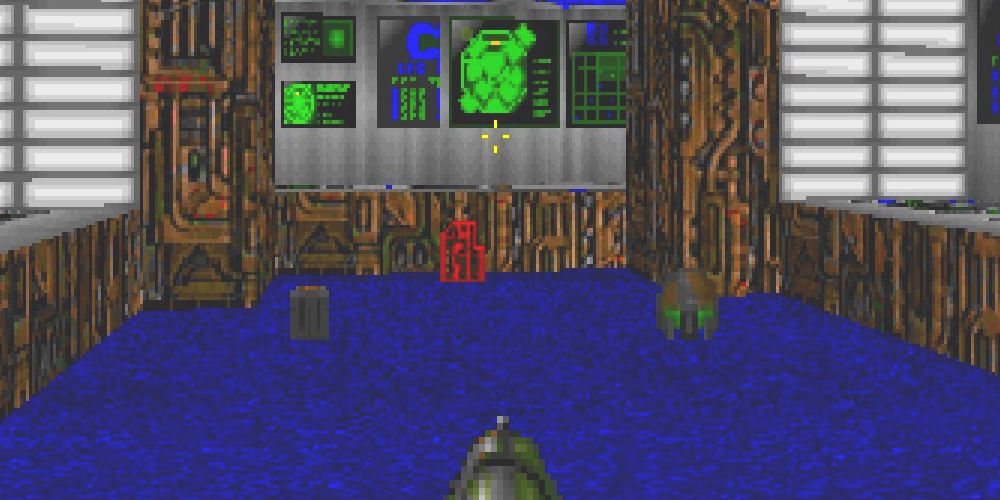
Those who've played the classic shooters of the 1990s will remember that incredibly popular McGuffin of needing a key card to progress through the level. It functioned as a sort of puzzle for the player to figure out in order to complete the level. Each key was somewhere on the level and the player was given virtually no clues on how to find it.
RELATED: The 15 Hardest FPS Games Ever Made, Ranked
The only method was simply to explore the level. Sometimes keys were even used to open doors which themselves contained more keys that were needed. While this kind of game design still exists in some form, it has largely been replaced with more sophisticated puzzles seen in games like Half-Life. Linear progression is also far more common in the modern era.
2 Multiple Campaigns

Some shooters from the late 90s and early 2000s were notable for having more than one single-player campaign. Early Call of Duty games are known for this feature in particular. The early titles in the series split their campaigns between the different allied nations of WW2.
The player could complete an American, Russian, and British campaign in any order they chose. Other games that tried this approach include Aliens vs Predator 2000 and Battlefield: Modern Combat, just to name a couple.
1 Bottomless Magazine
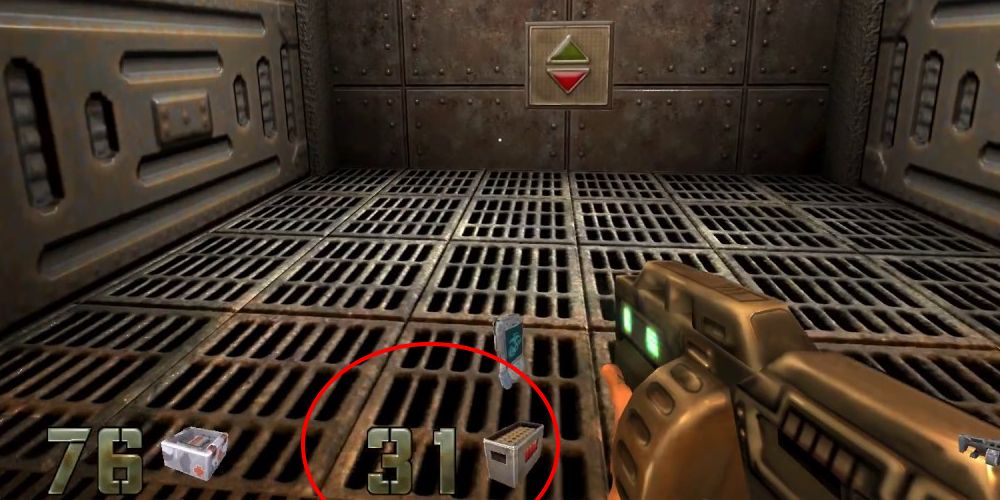
Not every shooter had a reloading mechanic originally. Many of the classic arena shooters had what's known as a "bottomless magazine," where the player never has to reload and instead empties their entire reserve ammunition when firing. The Players HUD would list their ammo capacity as one number that would decrease with each round fired.
These days, the overwhelming majority of shooters force the player to reload their weapon's magazines if they want to continue shooting. The new Doom games are some of the only modern shooters to feature a bottomless magazine system.
NEXT: 10 First-Person Shooters That Never Got Sequels (But Really Need One)

